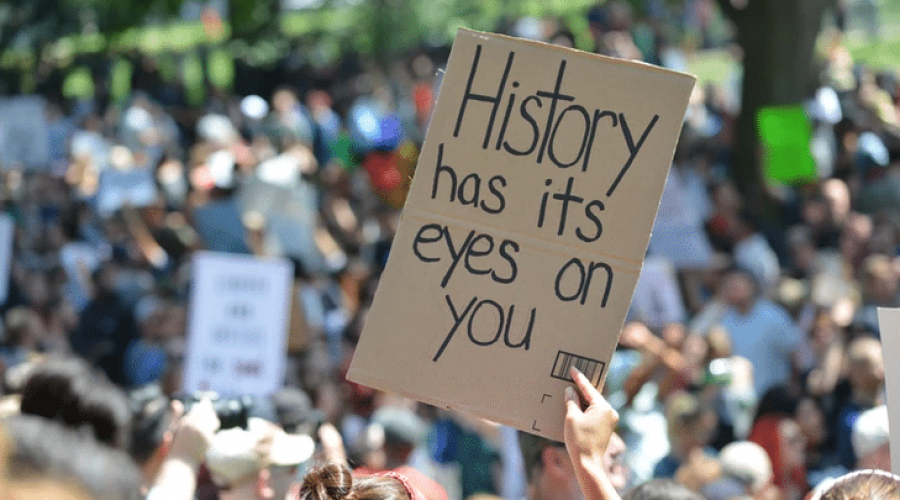Australian women are back to earning $261.50 less a week than men on average – which is exactly where things stood prior to the historic women’s empowerment movement’s of Me Too and Time’s Up.
The five-year setback in the average weekly full-time earnings of men and women has been affected by the volatile and gendered paid and unpaid work impacts of the COVID-19 pandemic.
The gender pay gap, which is calculated by looking at the latest Australian Bureau of Statistics data on average weekly earnings between men and women, increased to 14.2% in May, as reported in August. The delay in reporting these results is due to the time it takes to collect and produce the statistics.
Men now earn $1,837 per week on average across all industries, which is $261.50 more than the $1,575 earned by women.
In dollar terms, the financial gender gap, it’s the worst it’s been since 2016 when men earned $261.60 more than women.
In percentage terms, it’s the worst the gap has been since 2018 when it fell to 14.5%, down from 15.3% in November 2017.
On the face of it, the widening of the gender pay gap does a number of things to the financial progress of women.
1. It’s likely to set back the time frame for achieving equal pay between the sexes by nearly 3 decades.
2. It’s also likely to act as a drag on overall gender financial equality for women, which in years stands at 101 years as measured by the Financy Women’s Index.
However we caution that the data must also be read with a bit of perspective given COVID’s impact on economic data.
The rise in the national gender pay gap was largely driven by a recovery in men’s full-time wages (1.8% increase) than women’s (0.9%).
This is a reversal to what we saw earlier in the year when we reported than women’s full-time weekly wages rose by more than men’s. The impact of that at the start of this year was a reduction in the gender pay gap to 13.4% – being a record low.
What’s important to note here is that COVID-19 impacts on workforce participation is causing a lot of volatility in economic data such as average wages and employment.
It is more than likely that we could see further fluctuation in the gender pay gap, even a narrowing of the gap, the longer the pandemic affects employment and the need for increased unpaid work, such as caring for children at home while homeschooling – a task that tends to fall disproportionately upon women.
Nonetheless, Mary Wooldridge the new Director of the Workplace Gender Equality Agency (WGEA) said the increase in the pay gap was concerning and served as a warning to ensure continued focus, effort and commitment to drive it back down again.
“This Equal Pay Day, we’re calling on all Australians to ask #WhatsYourPayGap? in their workplaces and industries as a crucial step towards bridging this divide.
“Equal Pay Day is an ideal opportunity to remind employers around the country that one of the key levers of change is through gender pay audits. These audits help employers identify and address discriminatory pay, to ensure that women are equally compensated and valued,” she said.
The WGEA Director said while research findings demonstrate that improving gender equality in the workplace brings clear economic benefits to companies and nations, importantly, the work of Australian women deserves to be equally and fairly valued in our workplaces as a basic principle.
Join the Financy social communities that support achieving fearless economic equality on LinkedIn and Facebook or follow our official pages on LinkedIn, Facebook, Instagram and Twitter.













